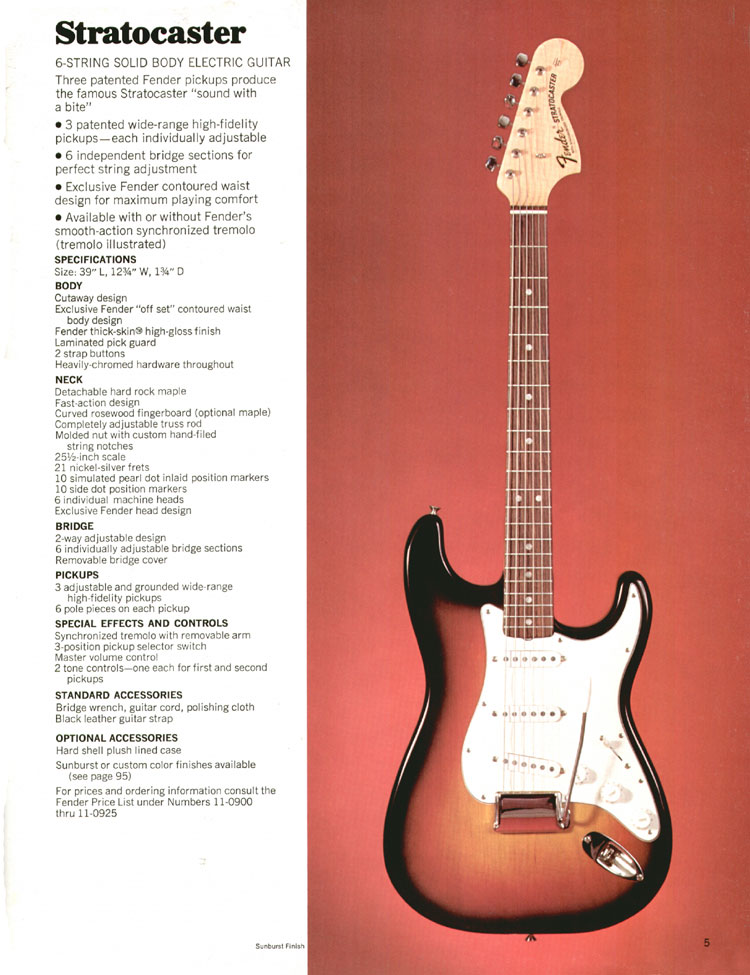Hello..just signed up looking or help this topic. Sorry if this has been covered but I couldn't find an answer with search.
TL;DR version - is it normal for a Warmoth Roasted maple 1 pc Vintage/Modern unfinished Tele neck to measure 2.208" at the heel? What does a Warmoth Tele neck pocket actually measure?
Long version - I'm confused by the heel width / neck pocket spec. I know 2-3/16" is the Fender spec and that's what my Fender Strat and Tele necks have always measured +/- 005". Depending on the series, the neck pockets vary and can be at least .020" wider than that on some models with big gaps.
I've bought about half dozen Warmoth Strat necks over the years, all maple, non-roasted which Iv'e used on Fender or custom bodies I made. The unfinished ones always measure right on 2-3/16" +/ .003" at the heel. The finished ones were about .015-.020" wider which is to be expected. Depending whether it was going on a Fender or one I made the finished ones might drop right in or need some light sanding and persuasion to fit. I'm sure everyone has seen bodies with paint chipped around the neck pocket from forcing a neck which fits too tight.
Warmoth publishes their spec as 2-3/16" wide (56mm), but 56mm is not 2-3/16". It's bigger about 2-13/64". To be fair, this is pretty common and confusing practice among many parts makers. Bridges and tuners made to metric spec are often listed with fractional equivalents that aren't exact because they want to use a round number....
So..I just bought a recent Tele neck for the first time, used, not direct from Warmoth, 1 piece roasted maple. This one is unfinished but measures 2.208" at the heel with the calipers. I planned to make my own body for it. I am wondering if necks made from roasted maple and other woods not requiring finish are purposely cut larger?
Thanks for any feedback on this.
TL;DR version - is it normal for a Warmoth Roasted maple 1 pc Vintage/Modern unfinished Tele neck to measure 2.208" at the heel? What does a Warmoth Tele neck pocket actually measure?
Long version - I'm confused by the heel width / neck pocket spec. I know 2-3/16" is the Fender spec and that's what my Fender Strat and Tele necks have always measured +/- 005". Depending on the series, the neck pockets vary and can be at least .020" wider than that on some models with big gaps.
I've bought about half dozen Warmoth Strat necks over the years, all maple, non-roasted which Iv'e used on Fender or custom bodies I made. The unfinished ones always measure right on 2-3/16" +/ .003" at the heel. The finished ones were about .015-.020" wider which is to be expected. Depending whether it was going on a Fender or one I made the finished ones might drop right in or need some light sanding and persuasion to fit. I'm sure everyone has seen bodies with paint chipped around the neck pocket from forcing a neck which fits too tight.
Warmoth publishes their spec as 2-3/16" wide (56mm), but 56mm is not 2-3/16". It's bigger about 2-13/64". To be fair, this is pretty common and confusing practice among many parts makers. Bridges and tuners made to metric spec are often listed with fractional equivalents that aren't exact because they want to use a round number....
So..I just bought a recent Tele neck for the first time, used, not direct from Warmoth, 1 piece roasted maple. This one is unfinished but measures 2.208" at the heel with the calipers. I planned to make my own body for it. I am wondering if necks made from roasted maple and other woods not requiring finish are purposely cut larger?
Thanks for any feedback on this.



